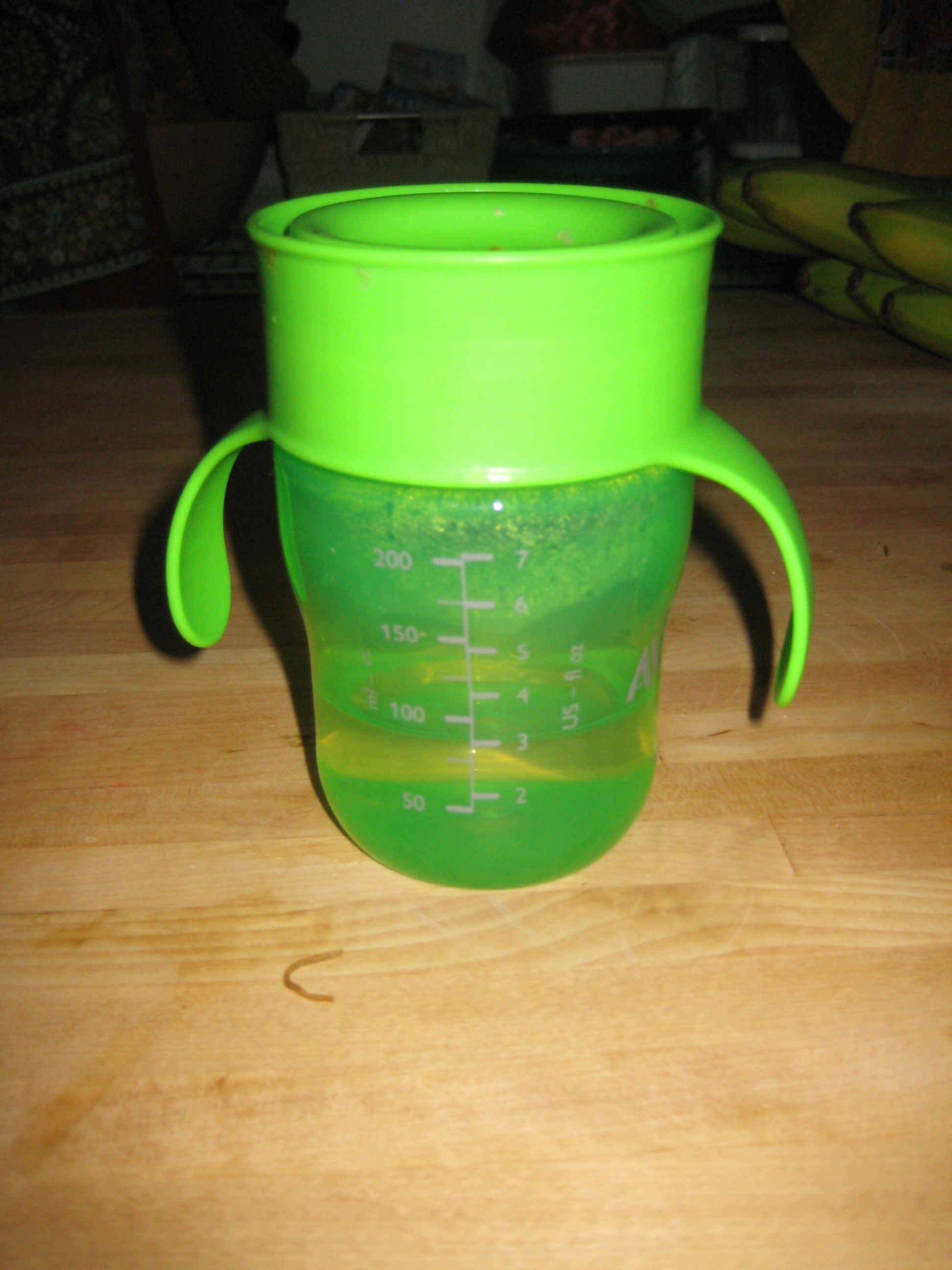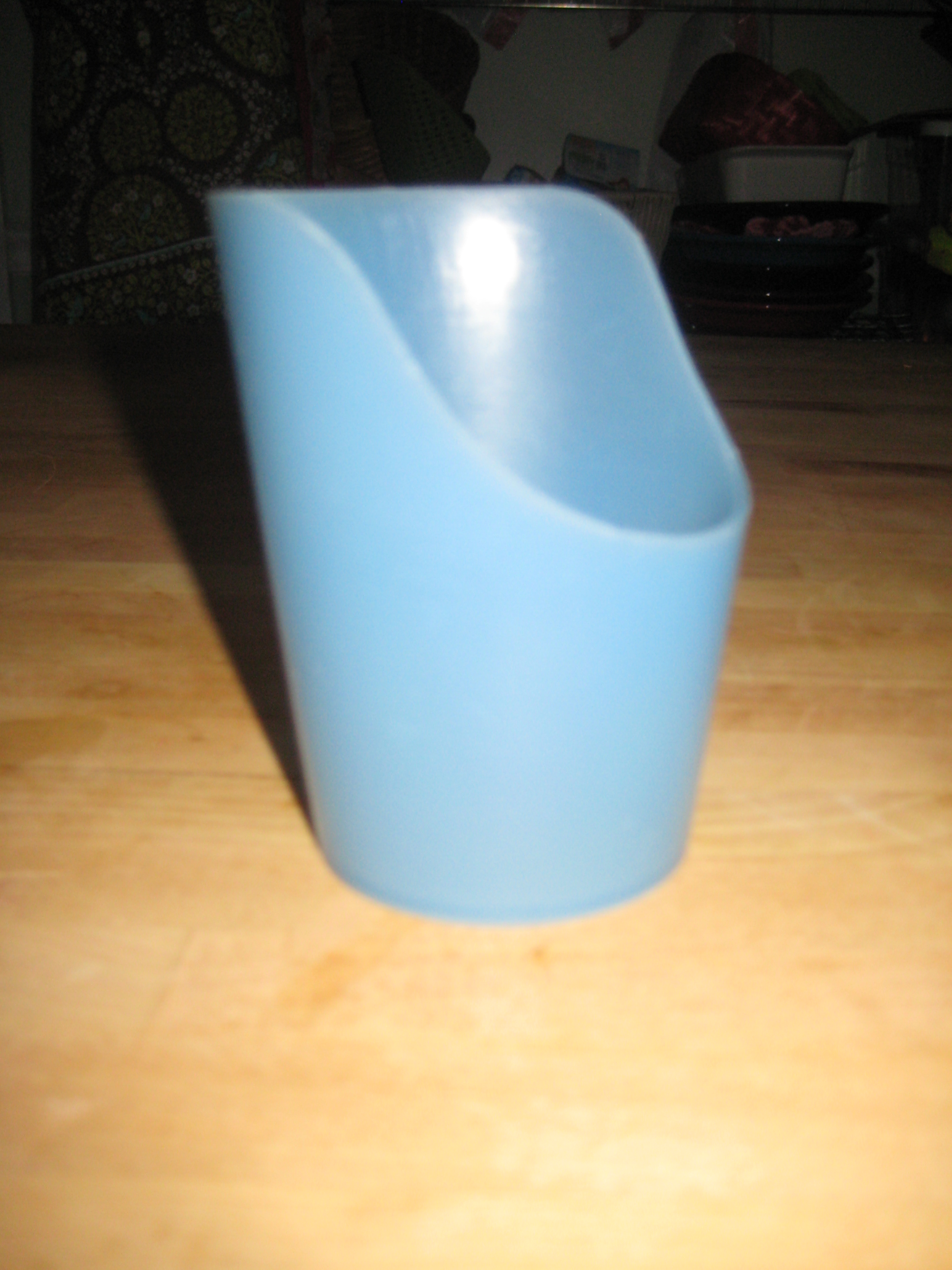Which one of the following items is the least controversial?
A. Politics
B. Religion
C. Sippy Cups
Believe it or not, the seemingly innocent sippy cup is a hot topic in the parental world and quite an interesting foray into the scary, scary world known as the “Mommy Wars.” I felt compelled to post this entry after reading several articles recently about the pros and cons of the almighty sippy cup.
Disclaimer– I am not an expert in this field, and while I won’t give my own personal take on whether sippys are more harmful than helpful, what I can provide is my own experience with Alexander. Because of his cleft palate and lip, suction wasn’t an option for his drinking– so straws and sippys were right out. This forced us to look at alternatives– a combination of open cups, hybrids, and sippy cup hacks.
Since it’s been far too long since we’ve provided a product review at HSWT, today we present three options– all of which were suggested by speech/feeding therapists and road-tested by our family. Though these were selected on the basis of Alexander’s inability to suction, they are usable for children with normal palates. None of them is the perfect cup, but hopefully this might provide you with options to consider. I was surprised just how fast Alexander took to these cups, which encourage healthy mouth/tongue behavior, and we have been able to use all of these interchangeably. All are available on Amazon for about $5 or less each.
Philips AVENT Natural Drinking Cup: This cup simulates natural drinking motion by having the opening controlled by light pressure from the upper lip.
Pros: This lightweight cup with two handles is really easy for your kidlet to handle. They can drink from anywhere along the rim of the cup, and very little pressure is needed. It’s also a closed cup, which limits spills from little hands.
Cons: Because little pressure is needed for the seal, energetic shaking of the cup might causing some spilling. Also, for Alexander, this cup was too difficult to use before his lip surgery because his cleft made it nearly impossible to depress the cup lid. The transparent cup isn’t insulated, but measurements on the outside make it easy to tell how much your child is drinking.
Flexi-Cut Cup: This small and lightweight cup has a notch which helps with controlling flow of liquid into the mouth.
Pros: Though this is primarily used for children with drinking difficulties, it makes a great training cup. It’s lightweight, easy to clean, available in multiple sizes, and incredibly inexpensive. The small size is perfect for little hands, and it is a great step toward using an open cup. The nose notch makes it a little easier for kids new to cups to better watch and control how much they drink in a single sip. Since it is small, spills are usually fairly limited.
Cons: Because it’s an open cup, this is best used as a training cup under supervision. There aren’t any bells or whistles here, and it’s not insulated. This cup is more commonly associated with therapeutic use, so it’s next to impossible to find in baby superstores. However, it’s readily available on Amazon in packs of 5 for $10.
Playtex Insulated Coolster Tumbler: This closed cup operates on suction via a removable valve. It bears a strong resemblance to a full-sized travel coffee mug. By removing the valve (which is easy), small amounts of liquid can freely flow from the small opening in the lid.
Pros: This brightly colored cup was immediately well-received by Alexander. He loved holding it and shaking it. Even with the value removed, Alexander had to completely overturn the cup in order to spill contents. Though it’s advertised for cold beverages, warm formula/milk stayed pretty warm during use. Its size works well for standard cup-holders in cars/strollers.
Cons: This is the largest of the three reviewed cups, and often required my assistance during use when the cup was full. It was difficult to tell if/how much Alexander was drinking, since the product is opaque and does not have measurement lines.The small opening (with valve removed) clogged easily with thicker liquids.
The Verdict:
Believe it or not, the simplest of the three options worked the best for our family. While the Philips and Playtex models are still in rotation at our house, our everyday choice is the flexi-cut cup. Even though Alexander’s drinking skills have drastically improved, the lightweight, reusable cup is perfect for everything from milk to a sip of water. Though it does require some amount of supervision during initial use, if the goal is using a standard open cup, I can wholeheartedly say that this cup encourages good posture and confidence in grasp, liquid control, and coordination. Alexander loves being able to handle his own cup, and we’ve been able to use this cup both before and after cleft repair. I’d highly recommend this cup to any parents looking for alternatives to sippy cups in order to train their children on open cups.



